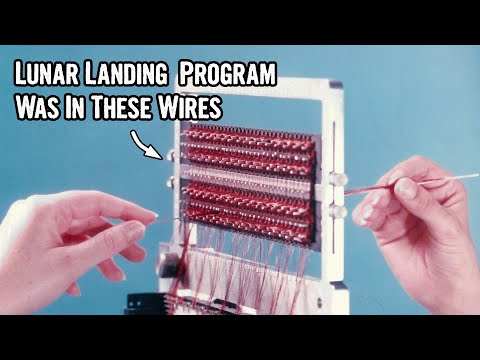Before experimenting with magnetic cores for transient storage, #JayForrester was casting around for other potential electronic devices which might function as fast memory for the real-time #Whirlwind #Computer. The team had discounted mercury delay lines and magnetic drum memory, with their serial access, as too slow for Whirlwind. The team was working on their own implementation of Williams tubes, but these were endlessly problematic and not as fast in practice as theory indicated.
In 1947 Forrester even had briefly considered using interconnected "gas glow discharge cells" in three-dimensional array, for these offered such advantages, at least theoretically, as "high initial breakdown voltage," "...low holding voltage, and low forward impedence [sic] after breakdown..." But investigations were "soon dropped because of the variability of the individual cells with time and from sample to sample."
From the 1967 manuscript "PROJECT WHIRLWIND: A Case History in Contemporary Technology" by Kent C. Redmond and Thomas M. Smith available at http://bitsavers.informatik.uni-stuttgart.de/pdf/mit/whirlwind/history/Redmond_Project_Whirlwind_A_Case_History_In_Contemporary_Technology_1975.pdf published in 1975 by The MITRE Corporation and republished in 1980 by Digital Press (yes, that Digital) in a gorgeous hardback edition with superbly reproduced black and white photos.
There's little technical information about the development of the computer in the book; instead, the book is about the institutional, systemic and political pressures that gave Project Whirlwind the complexion that it had.



